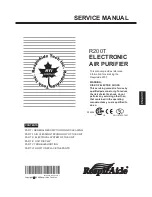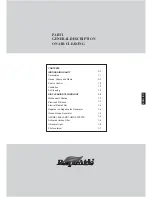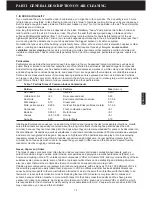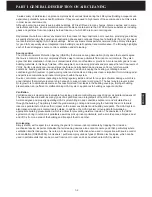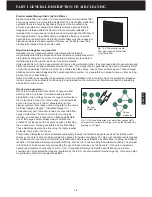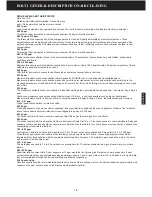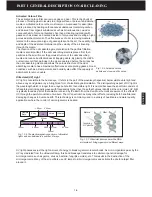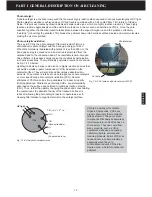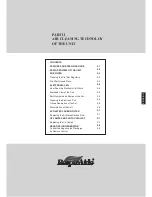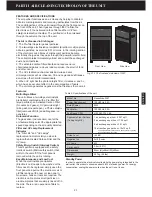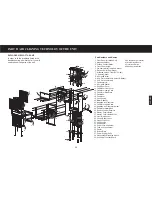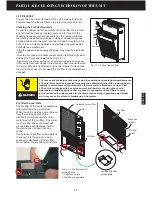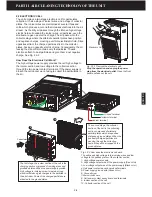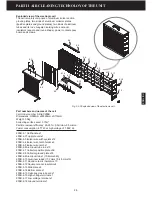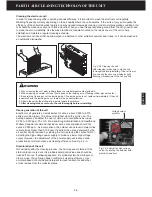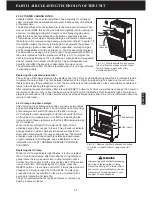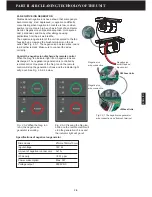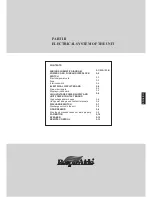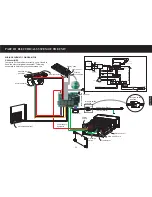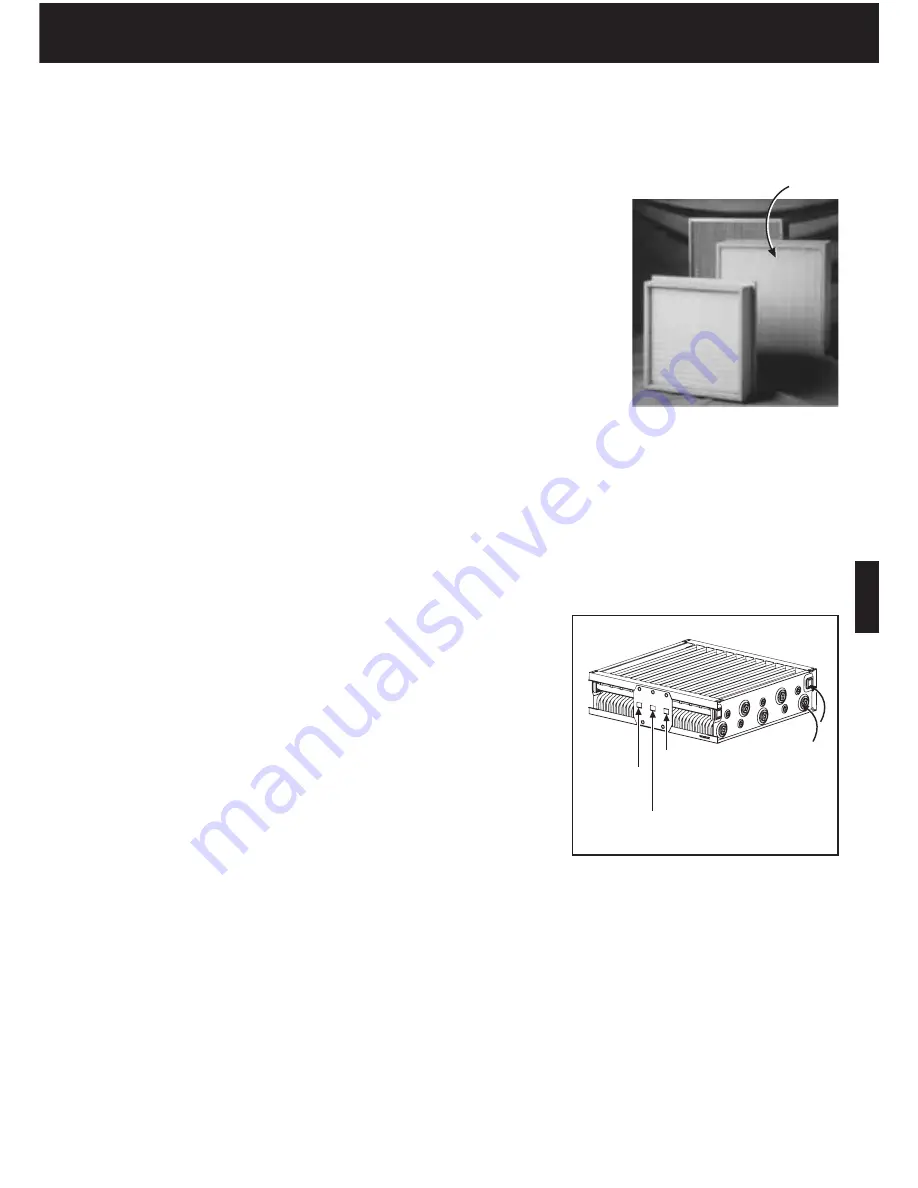
2. AIR CLEANING TECHNOLOGY
When you are trying to repair the air purifiers, make sure you understand the technologies used by the air purifier and
the potential issues that may be inherent in that technology which could effect the efficiency of the air purifier and your
health. Most of air purifiers may use multiple technologies in their design.
Mechanical filtration
Capturing particles in a filter via physical mechanisms without electrostatic
forces characterizes this air cleaning method. These units are capable of
capturing small particulate matter. They utilize a filter media with very high
efficiency ratings. The Letters in the word HEPA stand for High Efficiency
Particulate Arrestance. HEPA filters are composed of a mat of randomly
arranged fibres. Key metrics affecting function are fibre density and diameter,
and filter thickness. The air space between HEPA filter fibres is much greater
than 0.3 microns. A common misperception is that fibrous filters (the most
extensively used in mechanical filtration) work like a sieve, with particles
becoming trapped within the spaces between the fibers. What actually occurs is
that once the particles make contact with the fibers, they remain attached due to
strong molecular forces between the particles and fibers. As a result, the
particles become a part of the filter structure and contribute to a filter's efficiency
by creating resistance of air flowing through the filter. The filter can capture
99.97% of particles as small as 0.3 microns. The disadvantage of HEPA filters is
that the need for a powerful fan leads to increased noise and energy costs
compared to less efficient filtration systems, and replacement filters are
generally quite expensive. Critical design details are important in achieving high
air cleaning performance. If an air purifier using a HEPA filter is not properly
designed, air will bypass the filter as static pressure pushes against the filter and
allow particle escape. Most air purifiers on the market include HEPA filters as a
sales and marketing tactic, but fail to achieve HEPA performance.
Electronic filtration
Electrostatic Precipitators, most commonly referred to as electronic
air purifiers, operate on electrostatic attraction to a collecting section
usually called a electronic cell. A typical two-stage electronic cell has
an ionizer section (the front portion of the cell) and a collector section
(the back portion of the cell). The ionizer wires are maintained at
several thousand volts by the high voltage power supply, which
produces a corona that releases electrons into the air stream. These
electrons attach to the dust particles and give them a net positive
charge. The collector section is composed of alternate parallel plates
which are charged oppositely (positive and ground) and the charged
particulate adheres to the collecting surfaces. The air velocity
between the plates needs to be sufficiently low to allow the dust to fall
and not to be re-entrained in the air stream. The electronic cell is
capable of removing particles in the range 0.01 micron to 10 microns
and can achieve efficiencies around 95 percent. Electronic cell has a
very low pressure drop and high efficiency on very small particulate.
Electronic air purifiers become less efficient as the collecting cell
becomes dirty. As the surface of the collecting area becomes heavily
coated, the charge to attract the particulate is less effective. The
electronic cell must be cleaned regularly to maintain maximum
efficiency. The advantages of electronic air purifiers are they
generally have low energy costs because of low air pressure drop,
the airflow through the units remains constant with use and the
electronic cell is reusable, which avoids long-term filter replacement
costs. Electronic air purifiers also can create ozone as a byproduct of
ionization. However, these devices are not considered to be "ozone
generators" as the level of ozone created is generally low and ozone
production can be reduced by adjusting the high voltage power
supply.
Fig. 1.2-2 The two-stage electronic cell of 200T.
For more information, see PARTIII PRODUCT
INFORMATION in this manual.
Fig. 1.2-1 HEPA filter is composed of
a mat of randomly arranged fibres.
Fibres
Ionizer
terminal
Collector
terminal
Ground
terminal
Ceramic
insulators
1-3
PART I GENERAL DESCRIPTION ON AIR CLEANING
ENGLISH
Summary of Contents for R200T
Page 69: ...ENGLISH NOTES ...

